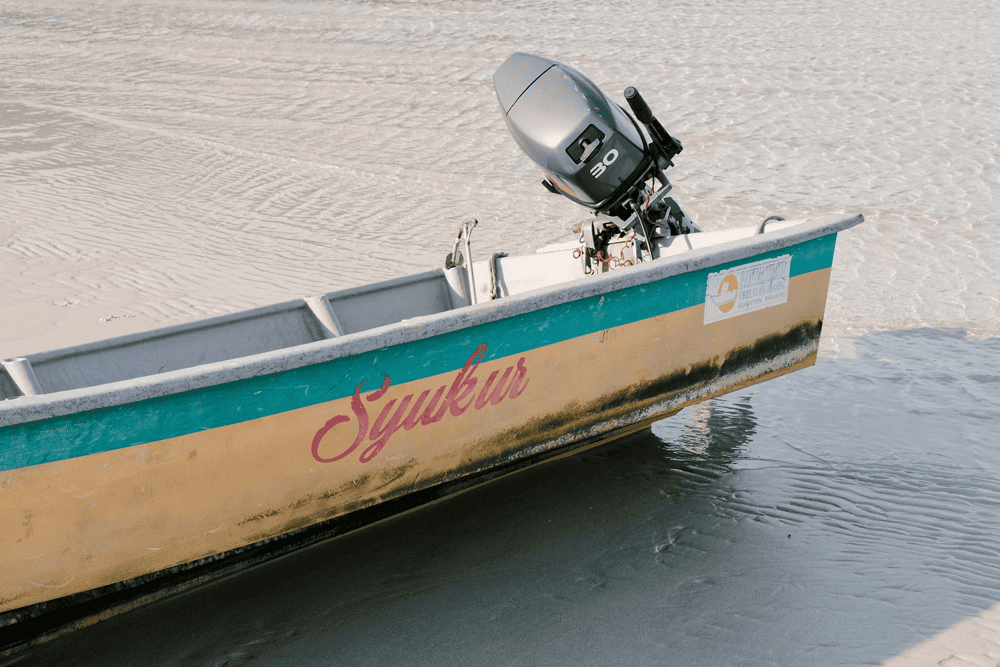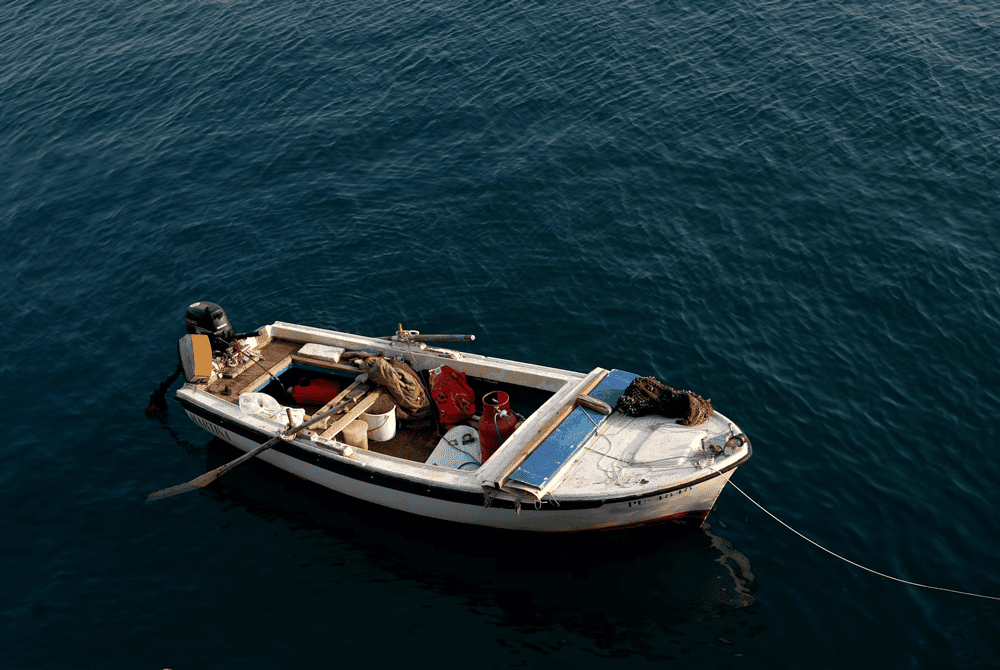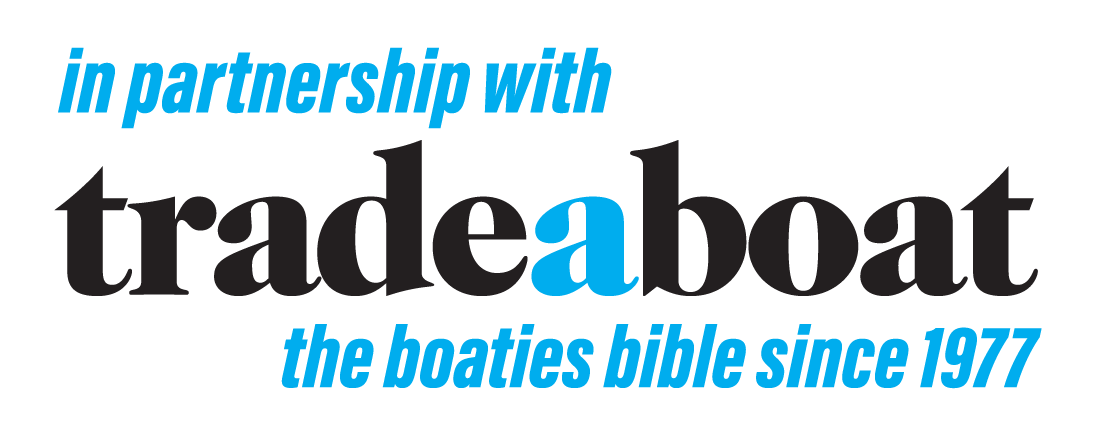
Suzuki DT30 Outboard Engine Review
When I first tested a Suzuki DT30 outboard motorway back in 1982 on a 4m Quintrex, I was impressed with its performance and fuel efficiency. Of course, having a loop-charged powerhead it was nowhere near as smooth as the old cross-flow Johnson 30 outboard, but back then I was way fitter and not looking for a workout through transmitted engine vibration.
Those were simpler times when oil injection was considered sophisticated and there was only one manufacturer of four-stroke outboard motors on the Aussie market. However, of the 30hp outboard engines, the Suzuki DT30 stood out. Not only did it outperform the 521cc Johnson engine, but it also used around 20 per cent less fuel. It all came down to a combination of loop-charging and piston displacement.
Suzuki Outboards
By using slightly domed pistons instead of those with a ridged top (as found in cross-flow engines), the pistons can be made lighter, reducing the flywheel size and the power needed to drive it. This is why, at higher revs, most loop-charged engines outperform their cross-flow counterparts. At 499cc, the twin-cylinder DT30 still has the largest displacement of any carbie two-stroke 30, and while it doesn't develop any more power than the competition, it produces way more torque.
Developing 29.6hp at 5300rpm with a Wide Open Throttle rev range of 5000-5600rpm, it's an under-stressed unit, while its main and auxiliary cooling water intakes ensure the powerhead is never likely to suffer from water starvation. The single carbide is easy to maintain, and there's a simple mechanical ignition timing advance. The gear ratio is 2.09:1, and the manual long shaft model weighs 57.5kg, with electric start adding 4kg. A 6A alternator is optional, but as it doesn't have voltage regulation, only a car battery should be used to prevent it from being fried on longer runs.
To give the impression of recent engineering, Suzuki has swapped the fuel/oil ratio from 50:1 to 100:1 over the years, and it also fitted a front gearshift to complement the rounded upper cowl.
Rather coyly, Suzuki hasn't undertaken emissions testing to gain an OEDA star rating for this engine, but based on its design and stats, it would probably rate as "1 Star". Powerhead access is excellent, and servicing is recommended every 100 hours or annually after the first 20 hours. The recreational usage warranty is two years.

Performance
In recent history I tested a DT30 on a Blue Fin 4.2 Mangrove Jack - a vee-noser - and it performed just as well. A firm two-handed pull was needed to start the engine manually, but the electric starter was a nice touch, and despite running on a 25:1 break-in mix, oil smoke appeared only below 2000 rpm. When trolling, the vibration levels were acceptable and the upfront shift was far easier to use than reaching around the upper cowl to access the old side shift.
Slightly underpropped to handle heavier loads and swinging a 12-inch-pitch alloy prop, it easily planned our 470kg payload at roughly a two-thirds throttle opening, with no prop ventilation occurring through tight turns at 4000 rpm. Of course, like all Carbie two-strokes, it was fairly raucous at or near WOT but still not loud enough to hamper conversation.
The Verdict
I can't keep using the word "honest" to describe simple engines like the DT30. Well, how about "practical" for saltwater anglers? It's simple to maintain and service, and with just a little TLC, it should give years of reliable service, although saltwater corrosion resistance may be another matter.
It has plenty of poke for tinnies to 4.3m, and because the gearcase ratio is not too deep, there's no real prop steer torque to speak of. Above 2000 rpm, it vibrates little more than a three-cylinder outboard.
As of January 2013, the manual long shaft Suzuki DT30 cost $3058, and the electric-start model cost $3456. A spare alloy propeller costs around $240. The review Suzuki DT30 outboard motor was supplied by the Haines Group, (07) 3271 4400.
Engine Economy
|
SPEED |
RPM |
ECONOMY |
|---|---|---|
|
2.2kts (4.1km/h) |
780rpm (trolling) |
1.2lt/h |
|
11.6kts (21.5km/h) |
3600rpm (min. plane) |
7.5lt/h |
|
16.1kts (29.8km/h) |
4000rpm (cruise) |
8.4lt/h |
|
23.1kts (42.9km/h) |
5690rpm (wie open throttle) |
13.5lt/h |
The Competition
|
Outboard Engine |
Mercury 30LW |
Tohatsu M30 |
Yamaha 30H |
|---|---|---|---|
|
Weight |
54kg |
54kg |
58kg |
|
Cyl / HP / RPM |
30.2 / 5125 |
29.6 / 5500 |
29.6 / 5000 |
|
Displacement |
430cc |
430cc |
496cc |
|
Price |
$3773 |
$3829 |
$4256 |
|
Warranty |
5yrs |
3yrs |
3yrs |
|
OEDA Stars |
1 |
1 |
1 |
Ready to Set Sail?
Find your dream boat online at Only Boats! We have great deals on boats for sale including used boats and new boats. You can also check out our used boat buying guide.
If you're upgrading or planning to sell your boat, why not explore our expert guide on improving boat resale value? If you're planning to attend a boat show soon, we've also put together a detailed boat show buying guide that's perfect for first-time buyers.
Smooth sailing starts with the right boat. We’re here to help you find it!
This article was written by Andrew Norton and previously appeared at TradeaBoat.com.au, now powered by Only Boats.
Getting boat finance sorted shouldn't be the hard part of boat ownership. Credit One has helped thousands of Australians get on the water, earning a reputation as Australia's best-reviewed finance broker with 3,000+ glowing Google reviews to show for it. See what customers have experienced by reading their Credit One reviews, or use the loan repayment calculator to work through your options.
